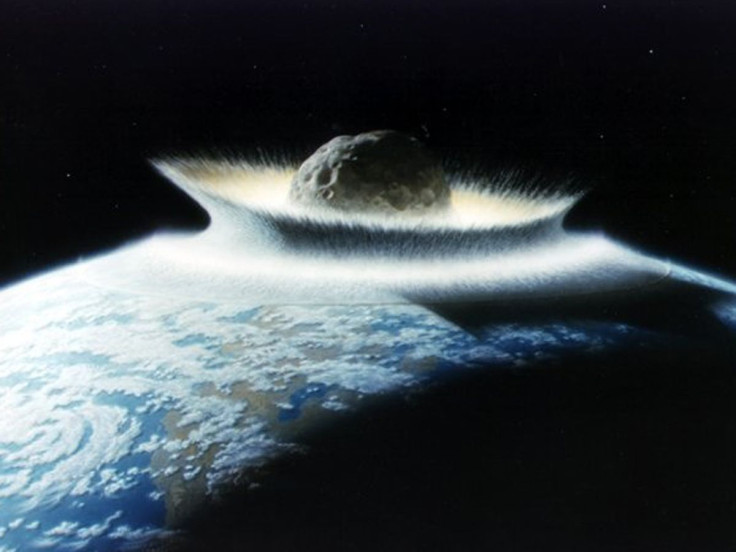Asteroid Impact Warning: ESA Data Shows This NEO Has Non-Zero Chance Of Hitting Earth

The European Space Agency (ESA) has detected an asteroid that has the greatest chance of hitting Earth. The near-Earth object has been listed in the top spot of the agency’s Risk List.
Similar to NASA’s Close Approach Data, the ESA also regularly updates a catalogue of asteroids that zip closely to Earth. Aside from monitoring close approaches, the space agency also maintains a special list that ranks asteroids based on their Earth-impact probability.
ESA describes its Risk List as "a catalogue of all objects for which a non-zero impact probability has been detected. Each entry contains details on the Earth approach posing the highest risk of impact."
Topping the ESA’s Risk List as an asteroid known as 2010 RF12. This asteroid was first discovered in Sept. 5, 2010 during its close approach to Earth. During that time, the asteroid passed in between the Earth and the Moon and flew at a distance of only 49,000 miles above Antarctica.
ESA predicted that 2010 RF12 will return to Earth’s vicinity on Sept. 23, 2022 and will be about 0.06847 astronomical units or roughly 6.4 million miles from the planet’s center.
Although Earth is relatively safe from the asteroid three years from now, the same cannot be said in 2095. According to the ESA, 2010 RF12 will come dangerously close to Earth during this time and could even enter the Earth’s atmosphere. In fact, the space agency noted that the probability of the asteroid hitting Earth in 2095 is only one out of 16.
Out of all the asteroids currently being monitored by the ESA through its Risk List, 2010 RF12 has the greatest chance of hitting Earth.
Fortunately, 2010 RF12 is not very big. The space agency estimated that it has a diameter of only 30 feet, which is much smaller than the other asteroids on the list.
Given its small size, the asteroid will probably burn up in Earth’s atmosphere upon entry and explode mid-air. However, this doesn’t automatically mean that humans on the ground are safe from the asteroid.
Previous incidents have already proven just how dangerous mid-air explosions of asteroids can be. Back in 2013, a meteor about 66 feet long detonated mid-air over Russia’s Chelyabinsk Oblast. The explosion released an energy equivalent to 500 kilotons of TNT, which is about 33 times more powerful than the atomic bomb dropped on Hiroshima, Japan in World War II.
Although the bulk of the explosion was absorbed by the atmosphere, it was still powerful enough to injure 1,500 people on the ground.
© Copyright IBTimes 2024. All rights reserved.




















